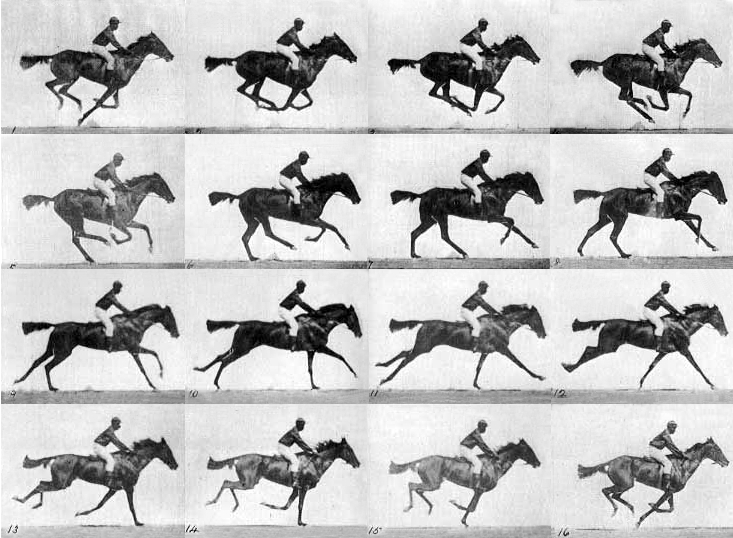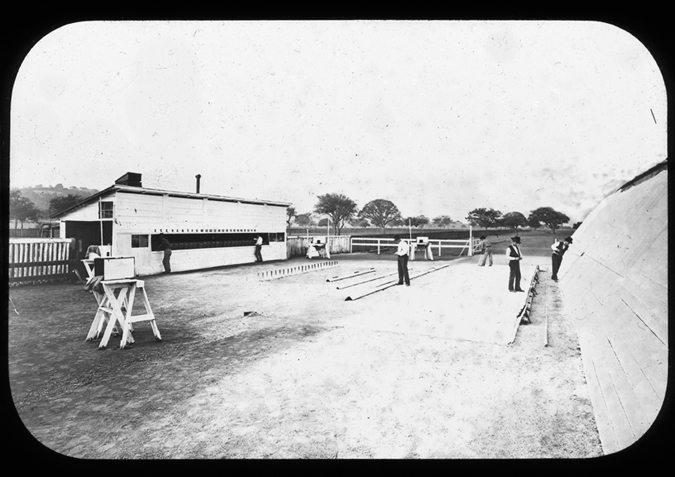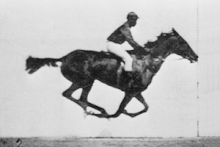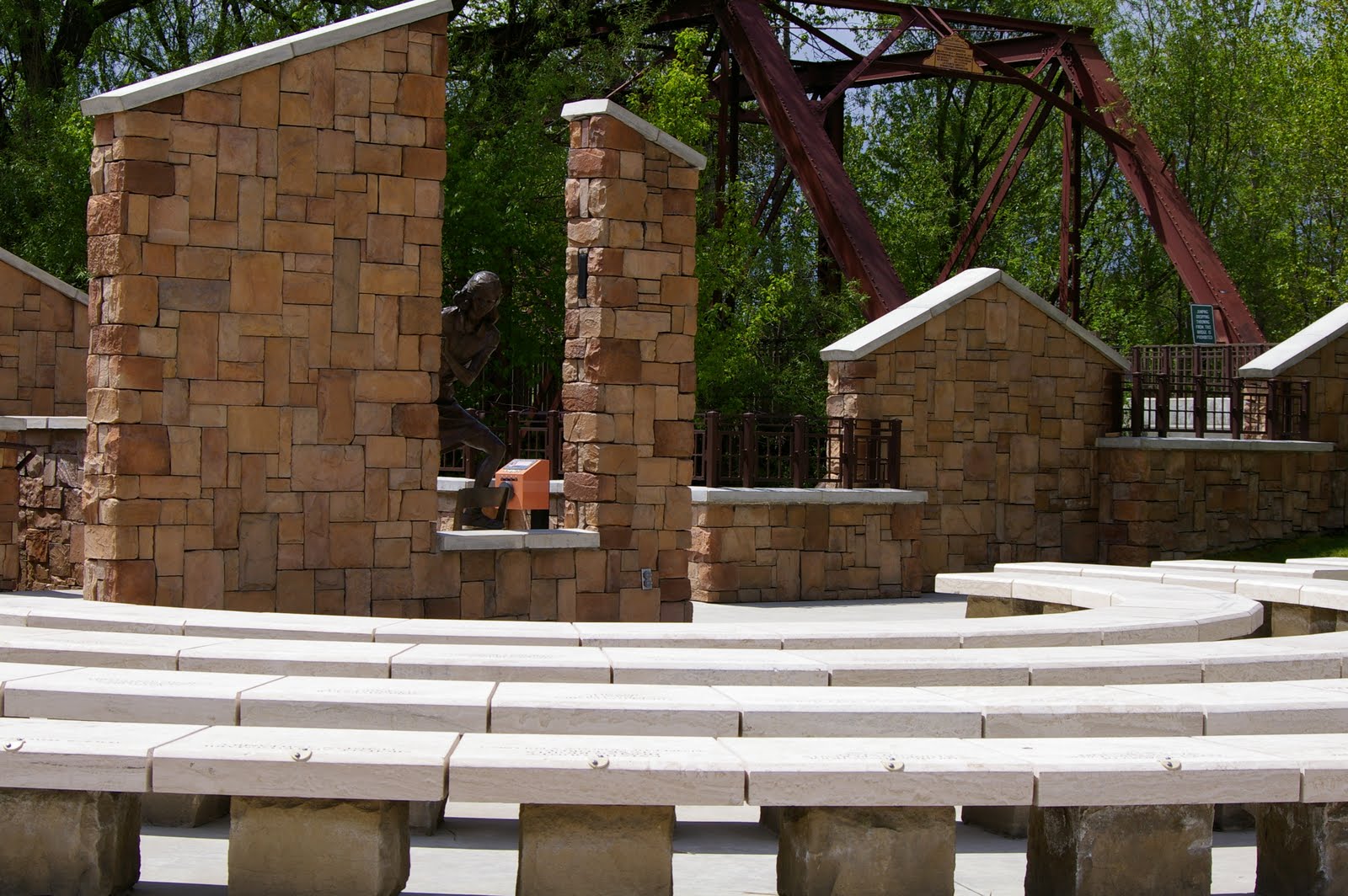Drive Lapse
When driving in a car we usually
don’t think of it anymore than the transportation device to get us from one
place to another, for my project I expanded on that and turned my drive to
school one day into an interesting video time lapse. When actually documenting
a drive through the use of videos or photos you begin to see more things that
you would not normally look at or pay much attention to. When driving we are
more focused on the actual process of driving and making sure that we stay on
the road. As I was looking through the footage that I took, I began to notice
that when I drive I don’t even look or pay attention to the buildings and other
things outside of the road. So for me this video is more than just a look into
my daily drive but a quick study of the surroundings and happenings around me
as I drive.

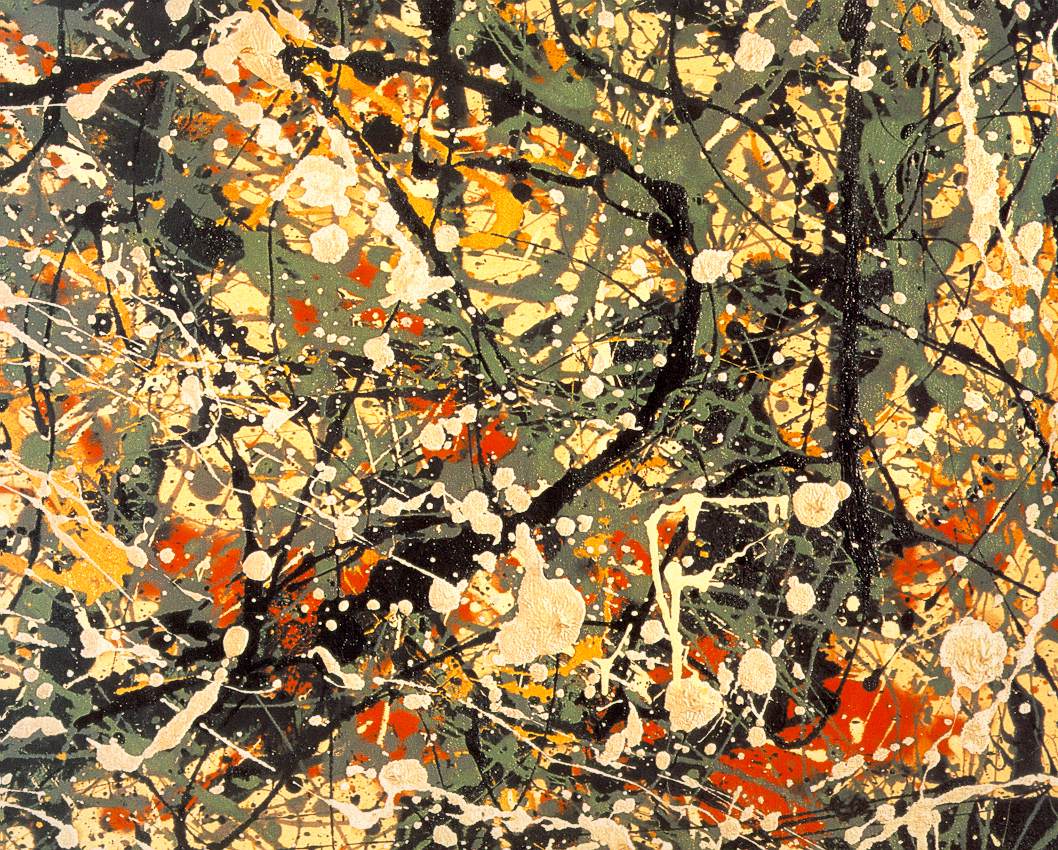

.jpg)
